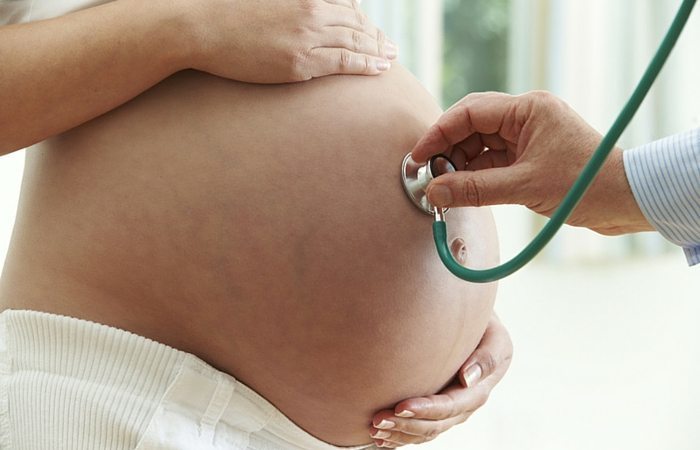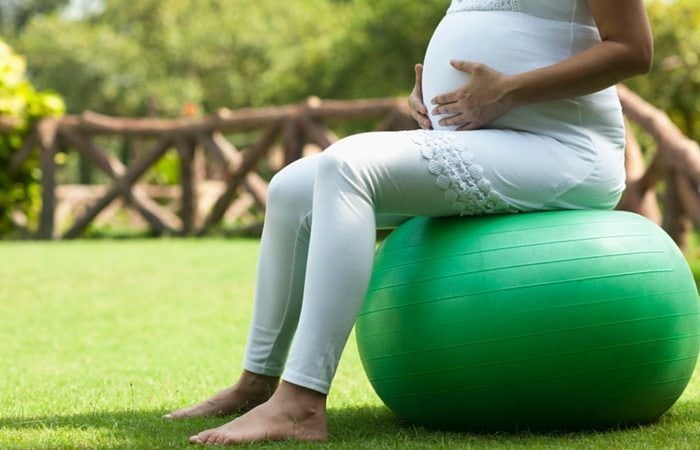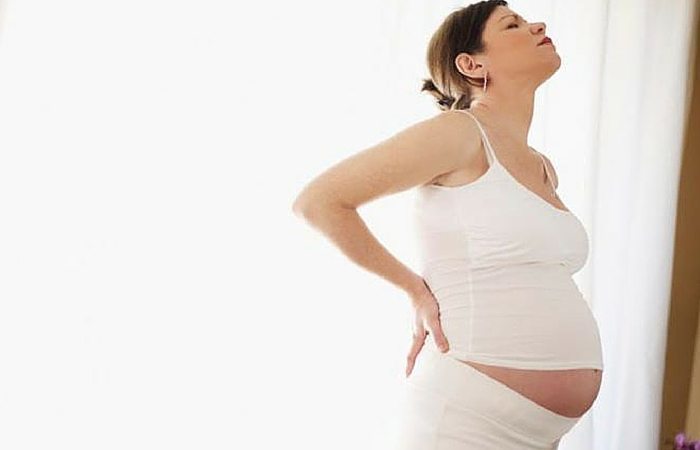Last updated on September 20th, 2023 at 09:05 am
There are a lot of causes for low back pain, but most come down to basic physics. The spine is dependent on balance; balance between the forces of muscles, gravity, and mass. And there is no better example of when this balance is completely thrown out of whack than when a woman is pregnant! Pregnancy is not a pathological condition so for most women who are expecting, exercise is beneficial. However, it’s important to understand the changes your body is going through in terms of your muscle function and joint mechanics in order to exercise and move safely. Because every pregnancy is different and pregnancies with multiples are more likely to have complications, you should always run your physical activities by your physician to make sure it’s safe for you and the babies.
During pregnancy our abdominal muscles are neurologically turned off to allow our bellies to expand forward and make room for our growing babies. While this is great for the kiddos, it stops our abdominal muscles from performing their day job – stabilizing our spine. The pelvic floor muscles are another essential part of our core, which is responsible for stabilizing the spine, and they too take a hit during pregnancy. All the extra weight from the babies and the hormone-induced laxity in the pelvic joints play a role in pelvic floor weakness which contributes to not only low back pain, but urinary leaking as well.

To make matters worse, our center of mass moves forward in front of our body as our belly expands out. The further it goes, the more muscle force we need to produce to counter-act it. This job is mostly left to our back muscles along our spine as well as our calves and hamstrings. Our abdominals would normally play a crucial role here as well, but as we learned in the last paragraph, they’re being taken out of commission by the expanding uterus they’re supposed to be supporting. When we don’t have sufficient muscle strength to counter-act our center of mass as it moves forward, we see an increase in the curve in our low back. While this curve is normal in a healthy spine, it becomes exaggerated during pregnancy and contributes to our low back pain. In response to the increase in the curve in our low back, the curves in the upper back and neck become more pronounced as well, which can result in upper back and/or neck pain and headaches.
As if our poor joints and muscles aren’t already dealing with enough at this point, now we have to examine the effects of our pregnancy hormones. One of the goals of these chemicals is to loosen up our pelvic joints to allow the bones to expand out to make more room to house our babies, and eventually let them make their grand exit. As the joints become more loose they experience increased shearing forces which lead to inflammation and pain. In an effort to stabilize the joints, our surrounding muscles have to work harder and this can cause muscle aches, tightness, and painful spasms.

So, it sounds like we’re pretty much screwed, right?! These symptoms are more severe for some women, while others manage to skate by with minimal discomfort. Please don’t take this information as a reason to go on bedrest from the moment you see those two lines appear on your pregnancy test – that will just make things worse. In fact, light exercise to maintain your muscle strength, cardiovascular fitness, and flexibility can help reduce a lot of the negative effects of pregnancy. It is important to work closely with your obstetrician to make sure you’re exercising safely for you and the babies. If you develop pain which limits your ability to exercise and do your normal activities, you may also benefit from seeing a physical therapist who is specialized in treating women during pregnancy. But they have to have specific training to do this properly, so make sure you ask.
I also recommend you keep this in mind after you give birth. Just because your pregnancy is over, doesn’t mean your body snaps back into shape instantly. You have to recover from the acute pain of labor and delivery, as well as the chronic changes your muscles and joints underwent during the pregnancy. At times this process doesn’t go as quickly as we’d like, resulting in a diastasis rectus abdominus, pelvic floor weakness and/or muscle spasms, incontinence, and continued pelvic and spinal dysfunction and pain. I’ve seen women in the clinic with these problems YEARS after the birth of their last child. Returning to physical activity too early after delivery can wreak havoc on your body that will prolong your recovery process, so be sure to follow your physician’s orders and abstain until you’ve sufficiently healed.







